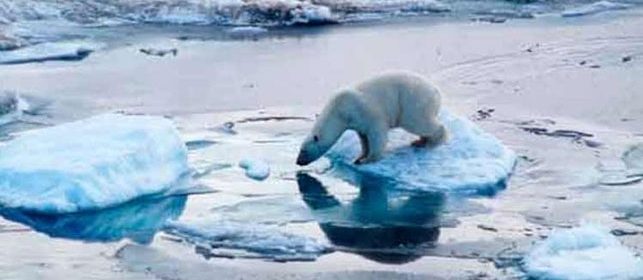Global Warming: Arctic and Antarctica

|
Getting your Trinity Audio player ready...
|
Melting ice in the north and south – Artic, Antarctica, North America, South America, Europe, and Asia – are expected to raise the sea levels at an extreme rate. Scientists have been keeping track of the rise since the 1870’s and the sea levels have risen by about 8 inches. If this rise keeps going many of the coastal areas will be overrun by the ocean waters. By the year 2100 if the greenhouse gas emissions are not put in check the rise in the sea level may be as high as 3 feet in some areas. The east coast of the US may see a rise of about 2 to 4 feet, down south may see a rise of about 3 feet.
The rise of the sea level may not be the only thing that will be disrupted by climate change. Global warming may cause the oceans to fill with CO2 and become more acidic like a soda pop. According to some researchers the oceans may have increased in acidity of about 25% from the early 1700s. The more the oceans become acidic the more it will start to destroy the shells of marine life. Their shells are made of calcium carbonate and dissolve in acid solutions which is not good for their health. If this increases it will start to affect the coral reefs like the ones down in the Great Barrier Reef in Australia. The coral reef has started to eject their symbiotic algae which is called bleaching. Bleaching is caused by stress from the too warm waters, unbalanced pH, and pollution. If this continues it will not be able to recover.

 Print
Print